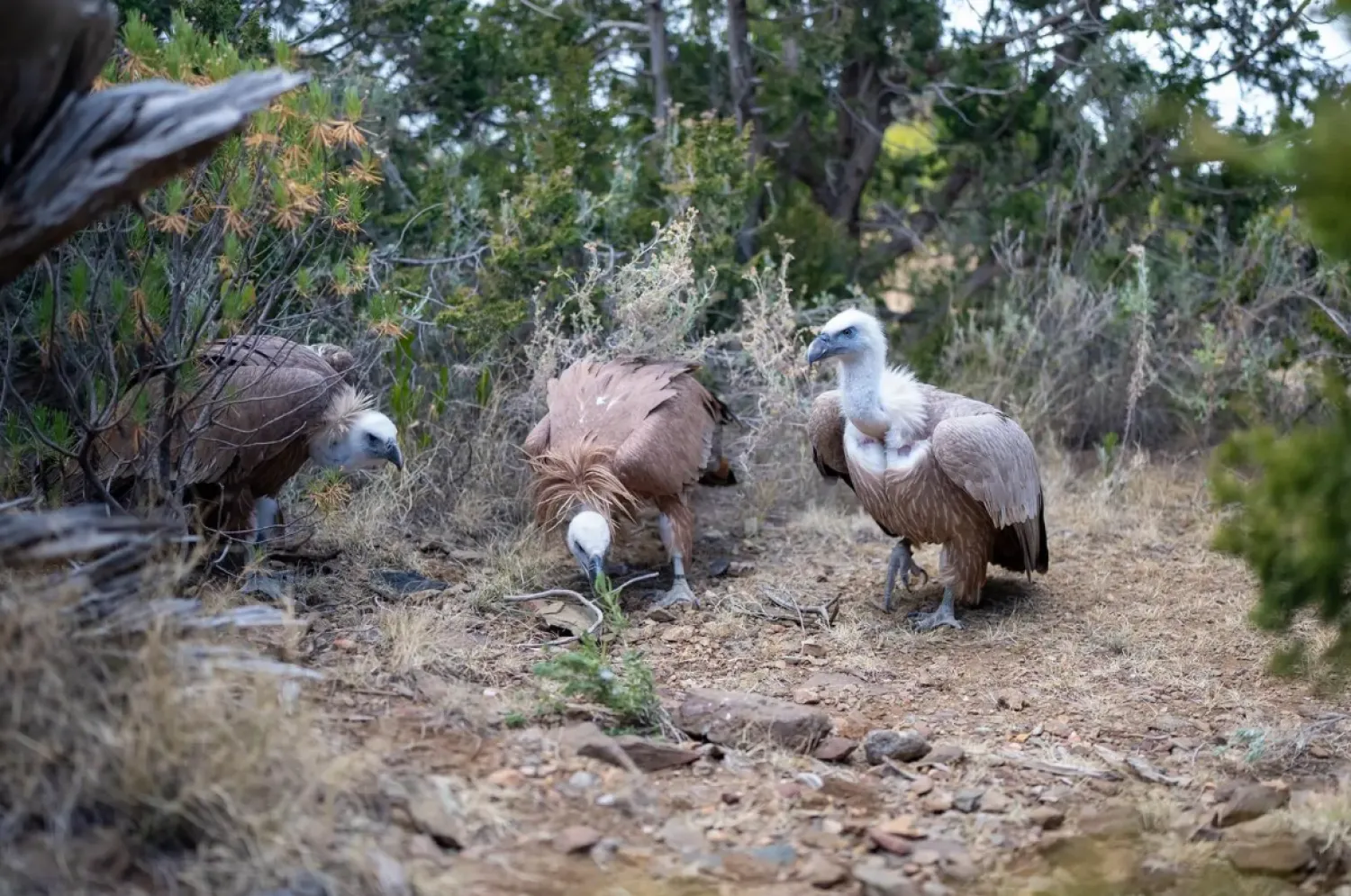An asteroid dubbed "potentially hazardous" by space agency NASA will come incredibly close to Earth next week, NASA's asteroid trackers have confirmed.
"Potentially hazardous asteroids are about 150 meters (almost 500ft), roughly twice as big as the Statue of Liberty is tall. Potentially hazardous comets also get unusually close to Earth," NASA said.
According to The Daily Express, knowing the size, shape, mass, composition and structure of these objects helps determine the best way to divert one, should it have an Earth-threatening path.
Asteroids and comets rarely strike Earth but the gravitational effects of other bodies in the solar system could nudge them on Earth-bound trajectories.
NASA said "this allows the possibility of a future collision" even if an initial flyby is harmless.
On January 10, Asteroid 2019 UO will approach the planet at breakneck speeds of around 9.40km per second or 21,027mph, announced NASA.
NASA also estimates the rock measures somewhere in the range of 820ft to 1,804ft (250m to 550m) in diameter. At the upper end of NASA's scale, the asteroid is comparable in height to Moscow's Ostankino Tower. At the lower end of the scale, the asteroid is about as tall as the Golden Gate Bridge in San Francisco, US.
According to the European Space Agency (ESA), there are currently 21,702 known NEAs or Near-Earth Objects - space rocks that sometimes cross Earth's orbit. On top of the extensive list, ESA lists another 997 asteroids that could pose a "risk" to Earth's safety.
Thankfully, NASA does not expect Asteroid OU to come close enough next Friday to strike the planet.
At its closest, the asteroid will approach Earth from a distance of about 0.03021 astronomical units. A single astronomical unit is the average distance from our planet to the Sun or about 93 million miles (149.6 million km).









